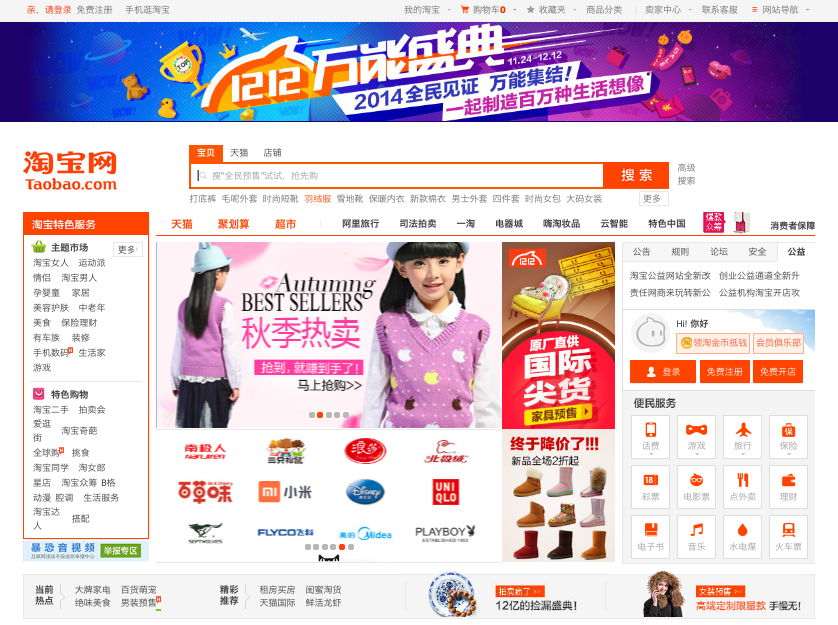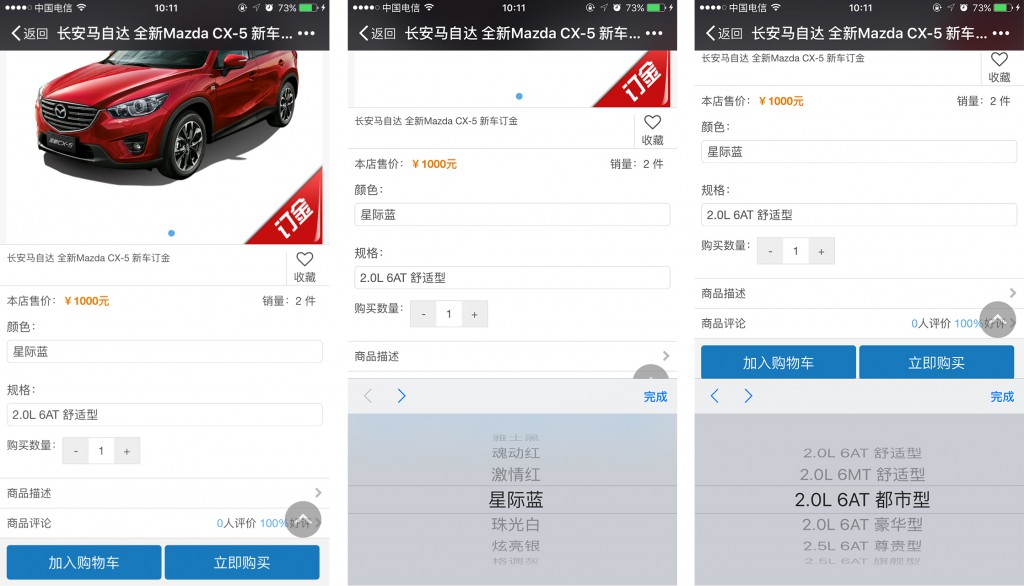The future of cross border eCommerce in China will be absolutely bright, told by every business forecast you can read. In this piece, we are not going to talk about those flashing numbers. We will focus on the industry trend that every cross border eCommerce retailer need to keep an eye on. By knowing this, you may stay ahead of the pack, and find your best path to fulfill the needs of Chinese eCommerce customers.
Keyword #1: Direct
Cross border eCommerce in China will be more direct. Comparing to few years ago when “daigou” lies in the middle between foreign brands and local customers, foreign brands will reach to China market more directly.
Daigou literally means “purchase on behalf” or “buy for you” in Chinese, and it can be seen as a grey market trade where shopping agents purchase goods overseas and sell them back to customers in China. In this indirect business model, individual sales agents can make a profit and save the customer money at the same time, by avoiding import duties.
Daigou Agent took pictures of products and sent it out through social media
To combat the daigou, the Chinese government has recently stepped in to tackle it by lowering import tariffs and tightening customs controls. As a result, it will not be that easy for daigou sales agent to ship the products back to China without paying the taxes. Therefore, e, their prices won’t be able to remain competitive and this will benefit proper cross-border channels.
You will see fewer “layers” between Chinese customers and foreign brands in the future of cross border eCommerce. Foreign brands are starting to watch their customers more closely, and build up China-specific eCommerce platform. This will also help foreign brands more flexible with price controls and marketing/promotion activities.
Even in terms of logistics, “direct” will be a sign of future. More foreign brands are implementing “direct shipping” from their own country when a Chinese customer place an order. Even though the costs may be a little higher, many customers is Ok with that, because they feel more confident about the authenticity in receiving the products directly from overseas.
[Related: Cross Border eCommerce Logistics in China: Bonded Zone or Direct Shipping?]
Keyword #2: Content
Since there are plenty of cross border eCommerce platforms now in China, Chinese customers have way more options to choose nowadays. Moreover, Chinese customers will be more “picky” about the products, since they have a variety to choose from.
To win over your Chinese customers in the future, your cross border eCommerce sites need to work harder not only on products, but also the way your eCommerce sites present those contents.
For example, your eCommerce design would be a major force to drive sales (or not). A well-designed eCommerce site can influence purchase decisions by showcasing your product at its best, and making it as easy as pie to take action and make a purchase.
So here is another tricking thing: To Chinese customers, what is a well-designed eCommerce sites? Do they share the same taste with your customers in your home country when it comes to eCommerce design? The answer is something very important for you to explore. Keep in mind that you are in a totally different market, and only those are loved by the locals are those will sell.
Lots of contents and links, Chinese eCommerce website design can be very different
[Related: From Visitors to Customers: 10 Examples of Excellent Ecommerce Website Design]
Keyword #3: Personalization
The future for China cross border eCommerce will be able to deliver more personalized communications to customers, based on real-time behavior, interests, preferences, and customer data. Latest technology will let you not only know every customer’s name, but also know their favorite products, brands and promotion type.
What’s more, your eCommerce will stay in touch with your customers via social platforms. You can inform your customers the new deals they might like, and freely talk to them when there is issue to communicate.
The truth is all of these scenarios are already happening now in China. To deliver better customer experience, eCommerce retailers in China are leading the way on eCommerce personalization, delivering more accurate, relevant, and personalized touch points online.
In terms of “being social”, brands are active on WeChat, the most popular social platform in China. Through personalized accounts, your eCommerce will become a friend account to your customers in WeChat, not simply just a promotional tool. Besides, more cross border eCommerce retailers have set up their WeChat eCommerce platform, allowing people to view, browse and purchase in WeChat system.
You can even pay deposit for a car on WeChat nowadays
Chinese digital-savvy shoppers have come to expect a personalized web store experience, and that will be your ultimate task to deliver in the near future.
[Related: Best Alternative for Foreign SMEs to enter China eCommerce: WeChat eCommerce]
Conclusion
When you are in cross border eCommerce business in China, you are facing huge opportunity to adapt and evolve, with success coming from a series of small steps. These three keywords give us a glimpse into what lies ahead, by understanding these you can drive change and create new ways for consumers to shop. Being said so, your job is to respond to emerging trends and continue to keep pace with brisk changes in the cross border eCommerce world in China.



